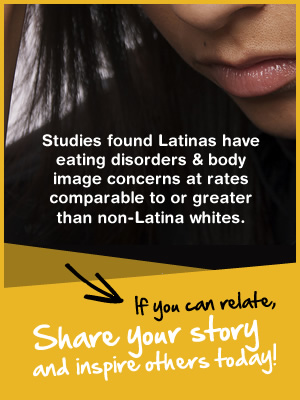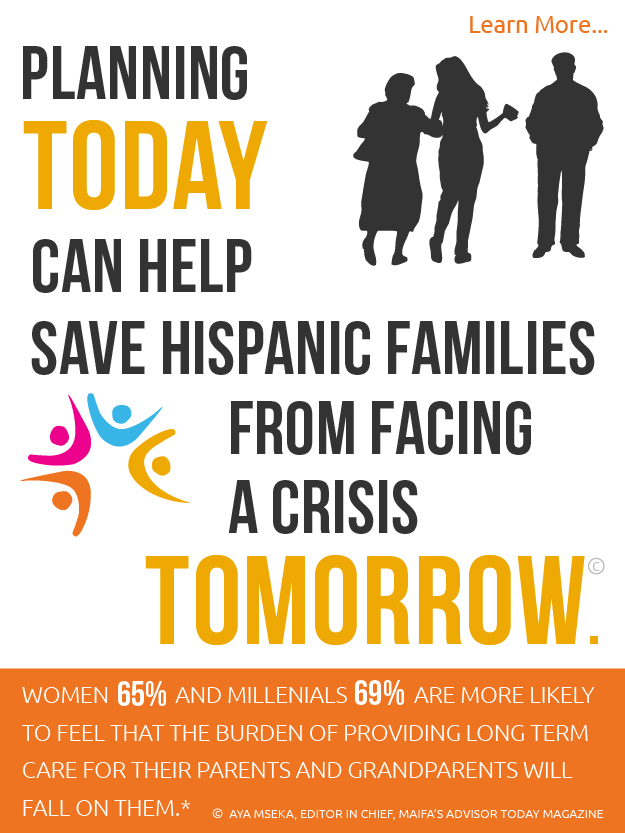
Culturally Appropriate Substance Use Disorder Treatment: CETPA’s Practical Applications for Hispanic/Latino Populations Part 1: History and Demographics
11/03/2014 08:05PM | 8183 viewsPart 1: History and Demographics
There are many destabilizing aspects of social adaptation in the United States for Latinos: a rapidly increasing population; residential segregation; shortfalls in educational attainment; language barriers; and a new political, social, legal, financial, and educational system. Any of these issues alone may cause substance use disorders or mental health problems, let alone experienced all together.
The current system of substance use disorder treatment is not set up to serve the vast majority of Latinos in need of care. In particular, it does not address the needs of immigrant Latinos, who make the least use of behavioral health services (USHHS, 2001). In addition to the many barriers faced by the general Latino population, the current system provides even a greater disservice to Latinos in jail, those who abuse alcohol and drugs, those who are entering the country because of political persecution or kidnapping in their country of origin and the involuntary immigrants who include spouses and children who did not participate in the decision to immigrate but simply followed the decision made by the head of the family.
Latino youth, who are the fastest growing subgroup of this community, are at a significantly high risk for poor behavioral health outcomes. They are usually more likely to drop out of school, to report depression and anxiety, and to consider suicide than white youth (CDC 2004)).
Acculturated Latinos may not seek treatment for substance use disorders primarily because of the different relationship Latinos have with alcohol, making them less likely to ask for any type of help or talk about it with clergy, relatives or friends.
CETPA
The Clinic for Education, Treatment and Prevention of Addiction, Inc. (CETPA) was established in 1999 to address a growing need for culturally and linguistically appropriate substance abuse services among the Latino population in Georgia. Since then CETPA has grown from one program to multiple programs, from one employee to 53 employees, from serving one region in the State to serving five regions, and from providing solely substance abuse counseling to 65 adult clients annually to serving over 1,000 clients in need of substance use disorders and mental health counseling, and thousands of children and youth in prevention programs each year. CETPA is the only state licensed and nationally accredited agency in Georgia to provide behavioral health treatment and prevention services in English and/or Spanish. Our approach to serving the Latino community is a product of leaning about the history, demographics, utilization rates, cultural difference, and barriers to access over the last fifteen years. Here is what we have learned.
HISTORY
Latinos have been present in the United States for over 500 years. They are made up of European, African, Asian, and Indigenous backgrounds, each bringing their own culture, values, attitudes, race, color and spirituality. The United States, with almost 40 million Spanish speakers, is currently fifth largest Spanish-speaking country in the world after Mexico (117 million), Spain (47.2 million), Colombia (47 million) and Argentina (41 million). (U.S. Census, American Community Survey as reported by NBC Latino http://nbclatino.com/2013/08/07/us-is-5th-largest-spanish-speaking-country-new-census-interactive-map/)
Latino immigrants in the United States come predominantly from Mexico, Puerto Rico and Cuba (U.S. Census Bureau, "The Hispanic Population: 2010," table 1). It is important to know the history of each one of these countries with the United States in order to understand the frame of mind of the potential clients. Puerto Ricans enjoy the privilege of American citizenship, given by birth due to the island’s status as a U.S. Commonwealth. Many Cubans in the United States have refugee status, which provides work authorization and access to social services. Almost all other Latino immigrants must be granted legal status by U.S. Citizenship and Immigration Services (USCIS) to enter the country, work, and/or receive social services. Unfortunately, many Latino immigrants do not have legal status to live, work, or receive social services or benefits.
DEMOGRAPHICS
According to the 2013 U.S. Census estimate, there are over 53 million people in the United States who identified themselves as Latinos; 900,000 in the State of Georgia alone. One of the major stereotypes Latinos face is that of being recently arrived immigrants, when in fact, according to the U.S Census, more than 60% of Latinos in the United States were born in the United States (U.S. Census Bureau, 2013).
Latinos make up 17% of the U.S. population, yet, they represent nearly one out of every four uninsured Americans (Brown et al., 2000; Kaiser Commission, 2000). By the year 2012, close to 42% of Latinos in the United States were uninsured and 21.4% live below the poverty level. These high numbers are driven mostly by Latinos’ lack of employer-based coverage: only 43% of Latinos are covered through the workplace, compared to 73% of whites. Medicaid and other public coverage reach 18% of Latinos. Citizenship and immigration status are other important factors that affect health insurance (Brown et al., 1999; Hanson, 2001); when you look at the insurance coverage figures closer you find that 62% of Latinos who are not yet citizens of the United States are uninsured.
The President’s New Freedom Commission on Mental Health in their final report “Achieving the Promise: Transforming Mental Health Care in America” addresses disparities in mental health by reporting:
“Unfortunately, the mental health system has not kept pace with the diverse needs of racial and ethnic minorities, often under serving or inappropriately serving them. Specifically, the system has neglected to incorporate respect or understanding of the histories, traditions, beliefs, languages, and value systems of culturally diverse groups. Misunderstanding and misinterpreting behaviors have led to tragic consequences, including inappropriately placing minorities in the criminal and juvenile justice systems.”
Additionally, striking disparities in mental health services for racial and ethnic minority populations are highlighted in the report, Mental Health: Culture, Race and Ethnicity, A Supplement to Mental Health: A Report of the Surgeon General. It states that racial and ethnic minorities:
• Are less likely to have access to available mental health services,
• Are less likely to receive needed mental health care,
• Often receive poorer quality care, and
• Are significantly under-represented in mental health research.
Although some progress has been made in the (0.1% in the last 10 years) utilization rates of mental health, addictive disease and developmental disabilities community services in the state of Georgia continue to show a great disparity when measured by race and ethnicity (Table 1.). They are:
FY 2012 - Utilization of Community Services per 1000 population By Disability Program & Ethnicity
Not Hispanic/Latino | Hispanic/Latino | |
C&A MH | 14.8 | 8.0 |
C&A AD | 0 .5 | 0.4 |
Adult MH | 17.1 | 6.3 |
Adult AD | 4 .5 | 1.0 |
CULTURAL DIFFERENCES
In addition to language, it is important to note several differences among the members of this community, which may play a role in the seeking and utilizing addictive disease and mental health services. The different patterns of immigration include those who enter as permanent residents, holding work and student visas, visitor visas and those with undocumented status.
The personal conditions affecting quality of life also differ since the socio-economic position of the members of this community greatly varies. There are wealthy Latinos who identify more with the host culture and those who identify more with their Latino roots. Conversely, there are recently arrived immigrants who forego their Latino roots in order to try to ‘fit in’ faster or become ‘Americanized’.
The Diagnostic Statistical Manual 5 (DSM 5) is divided into three sections – Section 1: Introduction (“DSM-5 Basics”); Section II: “Diagnostic Criteria and Codes”; Section III: “Emerging Measures and Models” – and an Appendix, which includes a “Glossary of Cultural Concepts of Distress.” Section III includes a chapter on cultural formulation, featuring an updated version of the outline introduced in DSM-IV as well as an approach to assessment, using the Cultural Formulation Interview (CFI). The chapter also includes a section discussing “Cultural Concepts of Distress” (pp. 758–759). It is imperative that clinicians learn these concepts when working with consumers who come from different cultures and different parts of the world.











Post your Comment
Please login or sign up to comment
Comments